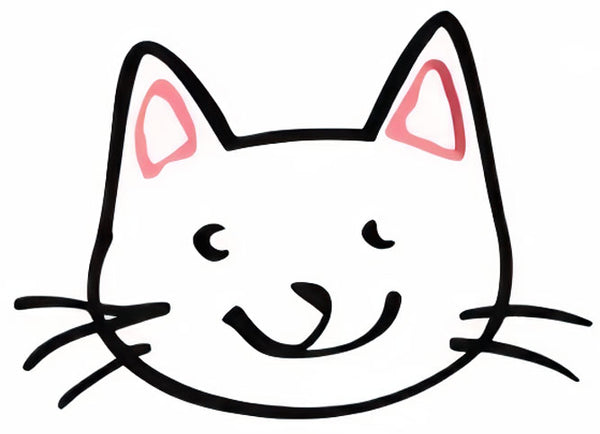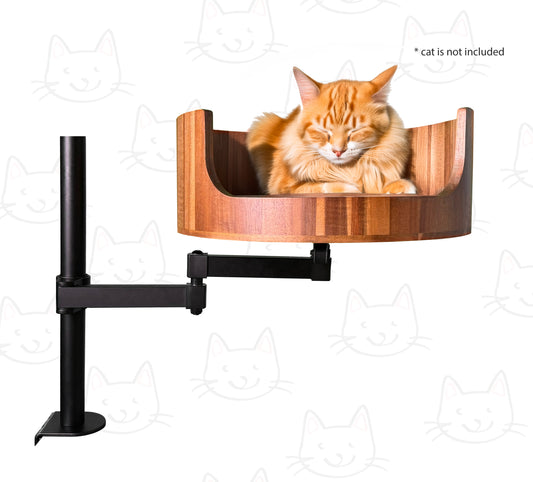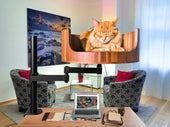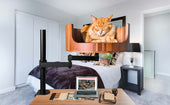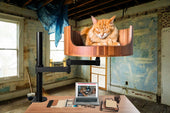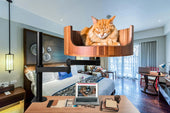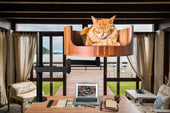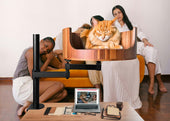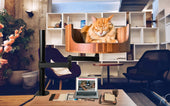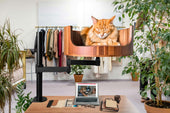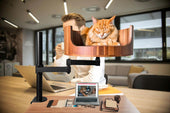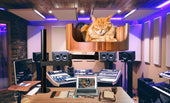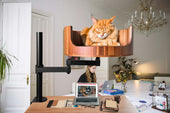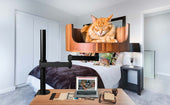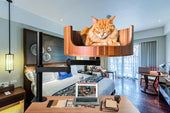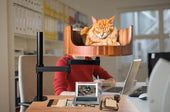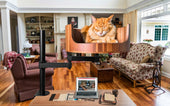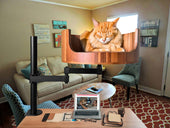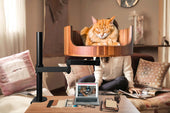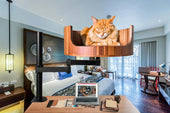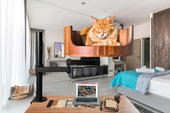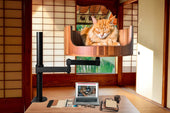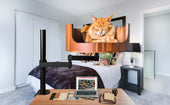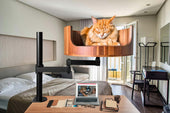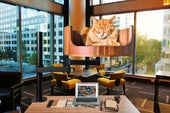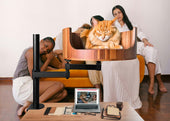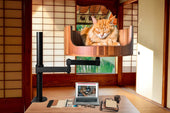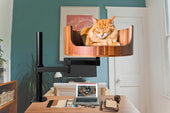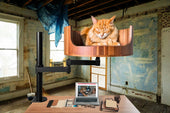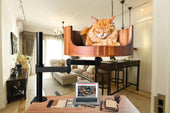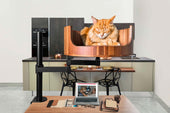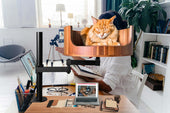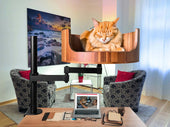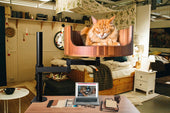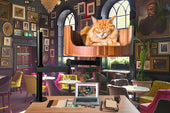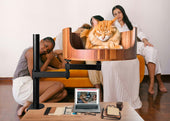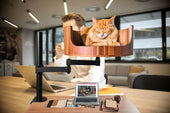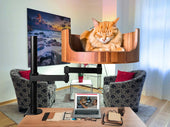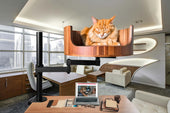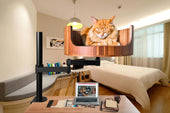
Cat Twitching When Sleeping: Understanding the Behavior
Share
Have you ever noticed your cat twitching while sleeping? This common behavior can be quite fascinating to watch, as cats often display various movements and sounds during their sleep. From slight muscle twitches to more pronounced movements, understanding why cats twitch while sleeping can provide valuable insight into their behavior.
In this article, we will delve into the reasons behind cat twitching while sleeping, exploring the different factors that contribute to this behavior. From dreaming and physical stimulation to neurological signals, there are several explanations for why cats twitch during their slumber. By gaining a better understanding of this behavior, you can learn more about your feline friend and their unique sleeping habits. So, sit back, relax, and discover the secrets behind your cat's twitching while sleeping.
1. Twitching during sleep is a common behavior in cats and is usually harmless.
2. Cats may twitch during sleep due to dreaming, adjusting their position, or experiencing REM sleep.
3. Rapid eye movement and muscle twitching are normal during a cat's sleep cycles.
4. Observing your cat's body language can help determine if the twitching is just a normal part of their sleep.
5. Consulting a veterinarian is recommended if your cat's twitching seems excessive or abnormal.
## Causes of Cat Twitching While Sleeping
Some common causes of cat twitching while sleeping include dreaming, rapid eye movement (REM) sleep, and muscle twitches due to stimulation during sleep. Dreaming is a natural behavior in cats, just like in humans, and can result in twitching or movement while they are sleeping. Cats enter REM sleep, which is associated with dreaming, and during this stage, their muscles may twitch involuntarily. Additionally, external factors like noise, light, or touch can also cause muscle twitches in cats while they are sleeping.
## Health Considerations
While occasional twitching during sleep is normal for cats, frequent or excessive twitching can sometimes indicate underlying health issues. Seizures, neurological disorders, pain, or discomfort may manifest as twitching in cats while they sleep. It is essential to monitor your cat's sleeping behavior and consult with a veterinarian if you notice any concerning or unusual twitching patterns.
## Behavioral Insights
Understanding your cat's behavior while sleeping can provide valuable insights into their overall health and well-being. Cats may twitch while sleeping due to stress, anxiety, or fear, especially if they are in a new environment or experiencing changes in their routine. Providing a comfortable and safe sleeping environment for your cat can help reduce twitching and promote better sleep quality.
## Tips for Cat Owners
If you notice your cat twitching while sleeping, there are several steps you can take to ensure their comfort and well-being. Creating a calm and quiet sleeping space, maintaining a consistent routine, and providing mental and physical stimulation during waking hours can help reduce twitching in cats. Regular veterinary check-ups and monitoring your cat's sleeping behavior can also help identify any potential health issues early on.
Frequently Asked Questions
What causes cats to twitch when sleeping?
Cats may twitch when sleeping due to dreaming, muscle twitches, or even hunting instincts. In most cases, it is completely normal behavior for cats.
Is cat twitching when sleeping a cause for concern?
In general, occasional twitching when sleeping is not a cause for concern. However, if your cat is twitching excessively, it could be a sign of an underlying medical issue and you should consult your veterinarian.
How can the Desk Cat Nest help with cat twitching when sleeping?
The Desk Cat Nest provides a comfortable and cozy place for your cat to sleep, which can help promote relaxation and reduce stress. This can lead to fewer instances of twitching during sleep.
Can the Desk Cat Nest be used for cats of all sizes?
Yes, the Desk Cat Nest is designed to accommodate cats of all sizes. The cozy circular design allows cats to curl up comfortably regardless of their size.
How do I clean the Desk Cat Nest?
The Desk Cat Nest can be spot-cleaned with a damp cloth and mild detergent. For deeper cleaning, the cover can be removed and machine washed on a gentle cycle. Be sure to follow the care instructions provided with your purchase.
In conclusion, choosing a Desk Cat Bed can greatly help with cat twitching when sleeping. The elevated design provides a comfortable and secure sleeping space for your cat, reducing the likelihood of twitching or restless movements. The soft and plush cushioning of the bed ensures that your feline friend can relax and rest peacefully without any disturbances. Additionally, the sturdy construction and durable materials of the Desk Cat Bed make it a valuable and long-lasting choice for cat owners. Invest in a Desk Cat Bed today to provide your beloved pet with a cozy and supportive sleeping environment, and say goodbye to cat twitching during nap time.
